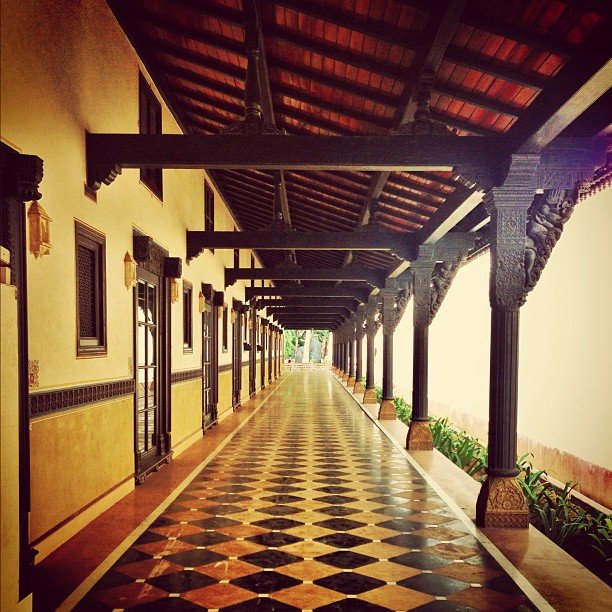The Indian construction industry is one of the biggest industries in the country. According to the latest statistics, the industry contributed more than Rs 6708 billion to the Indian economy in 2011 to 2012. The industry also provides employment to more than 35 million people directly and indirectly all over the country. With a steadily improving economy and a richer middle-class, the industry is expected to double or triple as first time buyers start looking for their own dream homes, states StandardsBis.
The Issue: Building Safety Standards?
Although the industry is profitable, it is fragmented with large nationalized companies, mid-range builders, and small companies and contractors, all vying for a share of the market, according to AsiaConst. According to a recent census, there are about 200 large commercial construction companies, about 120,000 smaller Class A Companies, and several thousand more companies working independently in the construction and associated industries. Although this is good, it also gives rise to a haphazard industry that has no regulation regarding construction standards, pricing, sales procedures, legal disclosures, and the like. Ideally, The National Building Code of India, 1983 (NBC) is applicable all over India and has to be followed by all states. India does have the national building code to provide specifications for every part of a building. Before the building opened for occupation, a building inspector usually checks every part of the building and ensures that safety codes are followed. However, a problem arises here again states Asiaconst.
Apart from the building code, all construction projects are also subject to Central and State laws simultaneously. As a result, building bylaws tend to change with every city and each city has its own nodal agencies like the LDA, the GDA, the KDA, etc. to deal with building permits and verification of building codes. As a result, there is no uniform code applicable on all buildings in India to ensure safe homes built with high-quality materials. These variable construction standards frequently result in shoddy buildings that collapse under the least stress. In fact, according to the TOI, about seven people die in building collapses every year in India.
Builders also have to get individual permissions or building approvals from over 40 different state and Central agencies. These agencies will sanction the use of land, provide land conversion permission, environmental clearance, clearance from the Aviation Authorities, Archaeological Survey Of India, Plan Approval Authority, Pollution Control Board, local police authorities, legal clearance, Central Ground Water Authorities, etc. This may seem complicated but each agency will assess the land and the surrounding area for its feasibility for construction. Most builders spend more than 40 percent of their construction income on acquiring permits but these permits do ensure that the property is built on legally clear land that is safe and environmentally secure. Builders are legally required to follow the NBC, acquire the permits, gain NOCs from the relevant authorities, and then start construction on the project to ensure basic safety measures are meant.
All these permits, building safety requirements, land cost, quality construction materials, professional staff like civil construction staff, architects and engineers, equipment, labor, etc. raise the cost of the building and are transferred to the buyer. As the Indian economy improves, these factors turn more and more expensive resulting in properties that range anywhere from Rs 12, 00,000 to about Rs 5 crore in value, states EngineeringCivil.
For Buyers: Finding Economical and Safe Homes Is an Issue?
As a buyer, you have to be proactive enough to check the licenses and permits acquired by your builder. Ideally, the builder will provide a complete dossier of information on the permits and licenses they have acquired for their project. If you are not sure on how to check the permits, it is a good idea to refer to the IFC Doing Business website for a quick checklist of permits. Another quick way to verify safety standards is by inquiring about loans. Builders who tie up with banks are much more likely to acquire all the safety paperwork well in advance. This is because banks tie up with construction companies to provide mortgages on the property. Before they collaborate with the firm, the bank’s in-house verification team will carry out an intensive check of projects paperwork, licensing, legal and financial status and this is a simpler way to assure yourself of construction quality. Projects like economical homes by Unitech Group tied up with local banks are also likely to be much more affordable due to the automatic local approval process for buyers. If you find the property expensive, it would be a good idea to research other buildings and projects in the area in realtime and online to assure yourself of rates. You can also check with local real estate agents and brokers to ensure you are getting the most economical and safe houses in your favored project.
